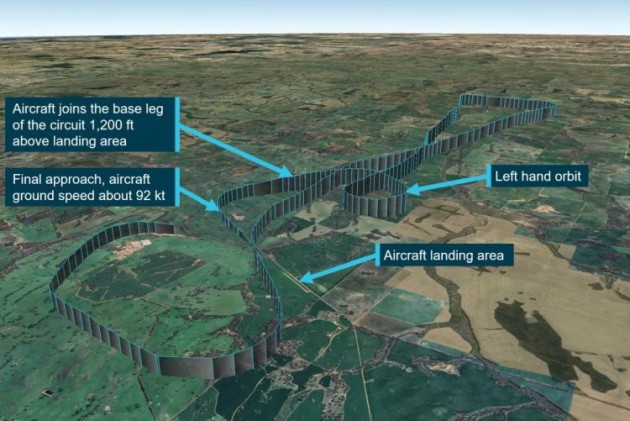The Australian Transport Safety Bureau (ATSB) today issued a safety notice to operators of Cessna 206 aircraft after passengers were unable to exit the rear doors following a crash in Western Australia.
The safety notice urges operators to consider fitting modified rear doors to enable passengers to exit when the flaps are extended or remove the right-hand seat from row 2 to provide easy access to the pilot's door.
ATSB issued the notice following an investigation into the crash of U206F VH-TDQ near Moora in WA last September.
After conducting a local scenic flight with five passengers, the pilot made a non-standard approach to a private runway, but bounced the aircraft twice on landing. Electing to go-around, the pilot set the flap incorrectly and the Cessna failed to gain altitude, resulting in the right wing contacting the ground.
On coming to a halt in a paddock, the front row and row 2 passengers were able to exit through the front doors, but the extended flaps prevented the row 3 passengers from opening the exit doors. The pilot was unable to retract the flaps, so the passenger, one elderly and one a child, had to climb over the row 2 seats to exit via the pilot's door.
“When the Cessna 206's flaps are extended 10° or more, this prevents the cargo door from being opened, other than by following a multi-step process that is not intuitive or simple,” explained ATSB Chief Commissioner Angus Mitchell.
“Fortunately, in this case no injuries occurred, but this scenario has resulted in fatal injuries in the past due to the increased time taken to evacuate the aircraft, which impacts post-impact survivability, particularly if there is a fire or a water ditching.”
Investigators found the rear cargo door could be opened by first opening the forward door as far as it would go to expose a handle in the aft door frame, which would allow the aft door to open. However, the pilot was not aware of this procedure.
“The investigation found that the operator’s pre-flight passenger briefing did not include the demonstration of, and pilots were not trained how to operate, the emergency exit via the cargo door with the flaps extended,” Mitchell said.
The ATSB safety notice urges operators to install an approved Cessna 206 emergency exit modification consisting of a top portion of the door folding downward when it impacts the extended right-hand flap, or removing the right-hand row 2 seat to ensure easy exit via the pilot's door.
Following a fatal accident in 2018, Transport Canada now requires Canadian 206 operators to either remove a middle row seat, or to fit an STC‑approved modification that either provides an additional exit or modifies the cargo door so the extended flap does not stop it from being opened.
“The ATSB strongly encourages Australian operators of Cessna 206 aircraft with the double cargo door, to review the Transport Canada mandated changes, and consider implementing the improvements for the survivability for passengers during emergency egress in their Cessna 206s," Mitchell said.
The full accident investigation report and the safety notice are on the ATSB website.
The ATSB has produced a video explaining the issue with the C206 rear exit door, which is on You Tube.



